Chevrolet Volt : Home, Home on the Range?

It’s Monday, December 27, 2010. A Chevy customer sits behind the wheel of his brand-new, fully-charged, plug-in hybrid Volt. He’s heading off to the office some fifteen miles away. Three years ago, our early adopter was one the first to put his name on the waiting list at gm-volt.com. Since then, he visited the site religiously for daily updates. And now the Volt looks set to deliver on all of GM Car Czar Bob Lutz’s promises. But… the Volt driver’s journey into the future is about to be a lot shorter than he’d imagined.
His thirty-mile round trip California commute is well below the Volt’s advertised forty mile all-electric range (AER). So the EV enthusiast confidently instructed the dealer to purge the range-extending gas tank. His new-found freedom from OPEC, Hugo Chavez, Middle-East terrorists and money-grubbing Big Oil is intoxicating. He’s on the phone telling his stock broker to short Exxon.
He keeps his speed five miles an hour below prevailing freeway traffic. After only thirteen miles, the low battery warning lights come on. The Volt coasts to a stop on the shoulder. A head is scratched, epithets uttered.
Meanwhile, Katrina II is bearing down on New Orleans. A Louisiana Volt driver packs his family into his EV and heads for relatives in Mobile, Alabama, some 130 miles away.
Since he normally uses his Volt strictly for urban all-electric driving, the gas tank is empty. Traffic crawls along jammed I-10. The gas stations have all closed. The shoulders are littered with cars that have run dry. As he pulls into his relatives’ driveway, 13 grueling hours later, the Volt’s low-battery warning lights are just coming on.
Non-EV drivers will have a hard time believing that any vehicle can achieve ten times the range in stop-and-go-traffic than it can attain on the open highway. EPA statistics have trained them to believe that vehicles operate more efficiently at highway speeds than they do in city traffic— even though it’s not an intuitive conclusion (they know it takes more energy to “push” the car through the air at increasing speeds).
This discrepancy between expectation and reality comes down to the internal combustion engine's (ICE) gross inefficiency. Most automotive ICEs in the world use about 30 percent of the energy content stored within their gasoline. (Most of fuel’s energy content disappears into heat and carbon dioxide.) And that’s under optimal conditions. Typically, an ICE's is in single digits or teens.
An EV is an entirely different beast. Due to the excellent efficiency of all parts of the EV system (batteries, inverter, motor), cumulative efficiency exceeds 70 percent at virtually all speeds. So an EV’s energy requirements almost perfectly reflect the actual energy being expended to move the vehicle.
This results in spectacular range in city traffic and traffic jams.
In our first Volt scenario, the cutting edge commuter had to “climb” a modest three percent grade at a constant 70mph. This challenge knocked 67 percent off the Volt’s 40-mile projected AER. In scenario two, the Volt achieved maximum efficiency during 10mph stop-start traffic.
In fact, gasoline packs 80 times more energy per pound than a lithium-ion battery. It’s only the EV’s superb efficiency that makes them feasible. BUT aerodynamic drag increases with the square of speed. In other words, the faster an EV travels, its power requirement increases disproportionately. So until battery density increases further, and quick charging becomes commonplace, EV’s are still best suited for urban environments.
[The Volt’s range projections—13 miles and 130 miles– may be off by a mile or two. But drive a Volt into a headwind at the eighty-mile speed limit in flat West Texas with the A/C on, and simple physics dictates that the Chevy’s AER range will be somewhere in the teens. You can’t fight Newton.]
The Volt’s range-extending ICE gen-set overcomes its labile range– at a price. To compensate for the battery’s inherent limitations, the extended range Volt will have to lug around hundreds of pounds of complex machinery. That extra weight reduces range further. Not to mention adding unwelcome/expensive complexity in the service bay.
Meanwhile, cheaper, long-range EVs and quick-charging batteries are around the corner. Nissan has announced its intention to sell an affordable 100-mile range pure-EV in the US by 2010. Nissan partner AESC has developed batteries that can be recharged to 90 percent in fifteen minutes, or 60 percent in five minutes. And with battery density increasing by some eight percent per year, by 2017 that 100 mile range could well be 200 miles. Cross-country trips for bladder-challenged moderate-speed drivers become doable.
Until then, don’t believe everything you hear. Our calculations suggest that “Maximum” Bob Lutz’ 40-mile EV-only jaunt in a Volt mule must have been at no more than 50mph average. That’s good, maybe even great. But it’s still not good enough.

More by Paul Niedermeyer
Latest Car Reviews
Read moreLatest Product Reviews
Read moreRecent Comments
- SPPPP I suppose I am afraid of autonomous cars in a certain sense. I prefer to drive myself when I go places. If I ride as a passenger in another driver's car, I can see if that person looks alert and fit for purpose. If that person seems likely to crash, I can intervene, and attempt to bring them back to attention. If there is no human driver, there will probably be no warning signs of an impending crash.But this is less significant than the over-arching fear of humans using autonomous driving as a tool to disempower and devalue other humans. As each generation "can't be trusted" with more and more things, we seem to be turning more passive and infantile. I fear that it will weaken our society and make it more prone to exploitation from within, and/or conquest from the outside.
- JMII Based on the human drivers I encounter everyday I'll happily take my chances with a computer at the wheel.The highway driver assist system on my Santa Cruz is great, it can self drive perfectly in about 90% of situations. However that other 10% requires you to be in control and make decisions. I feel this is the problem with an AI driving a car, there are times when due to road construction, weather conditions or other drivers when only a human will know what to do.
- Hari Your route home sounds like the perfect stretch for a car like the Alfa Romeo Giulia. Its renowned handling and dynamic performance make it an ideal match for those curves. For enthusiasts or potential owners interested in understanding all the capabilities of the Giulia 2017, the owner’s manual is an invaluable resource. Check it out here: https://chatwithmanuals.com/automobiles/2017-alfa-romeo-giulia-owners-manual/. Our AI-powered chat makes navigating the manual simple, helping you quickly find specific details about the car's features and specs. Perfect for making the most out of those driving moments and truly understanding your vehicle!
- Dale I'd consider the RAV4 if the Prime were on the table as paying for gas is for suckers. Otherwise, we have a couple of Mazdas and they are swell. I've driven older versions of both and the CX-5 is a nicer place to live.
- Haran Spot-on review of the Mercedes-AMG GT’s price adjustments and new features! For those intrigued by the all-wheel drive and enhanced features of the latest model, you can delve deeper with the complete operator's manual available here: https://chatwithmanuals.com/automobiles/mercedes-amg-gt-operators-manual-edition-c2020/. It’s a fantastic resource for understanding all the specs and new additions without getting bogged down by the complexity typically associated with car manuals. Chat with the manual using AI to quickly find exactly what you need to know about this sporty beast. Perfect for those who appreciate detailed insights on their luxury investments!
















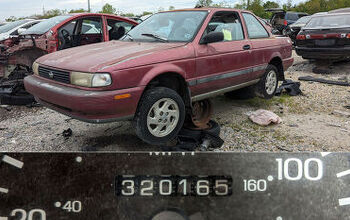
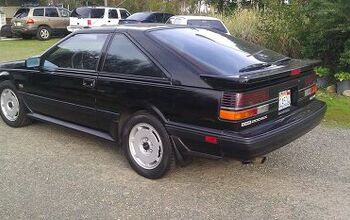

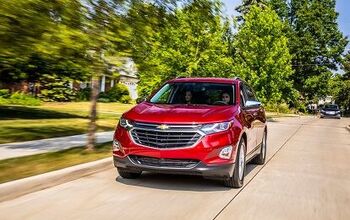
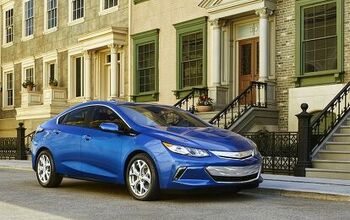
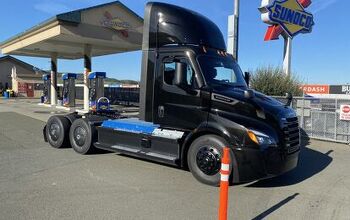


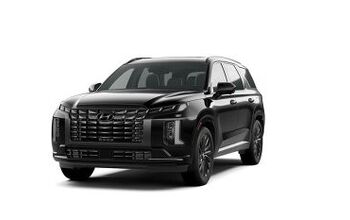
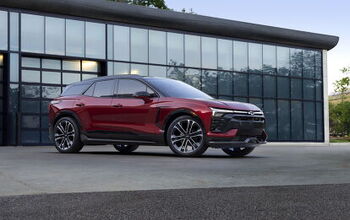
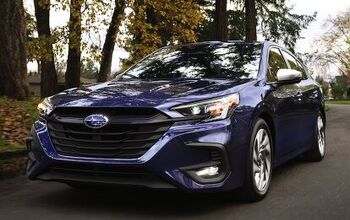
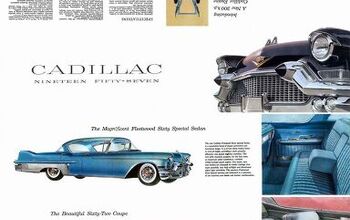
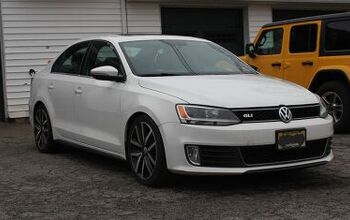



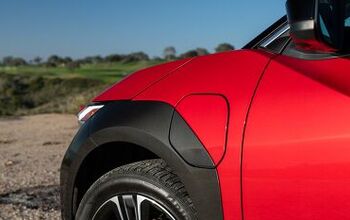
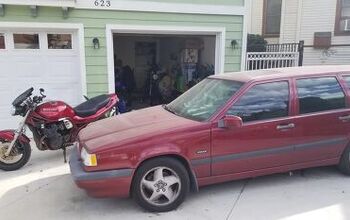
Comments
Join the conversation
Something else occurred to me... what will rain do to the Volt's range? Driving with .5cm (about a fifth of an inch) of rain on the road at 100km, tires 20cm wide might displace 100,000 kg of water every hour, per tire. My math might be wrong and the skim of water that's on the road in a rainstorm might, typically, be less than .5cm. Still, it seems like a lot of work and it's all going to come out of the battery.
"ChartreuseGoose, I imagine there ARE people who go more than 400 miles on a whim." To be blunt, I doubt there's enough of them to matter.